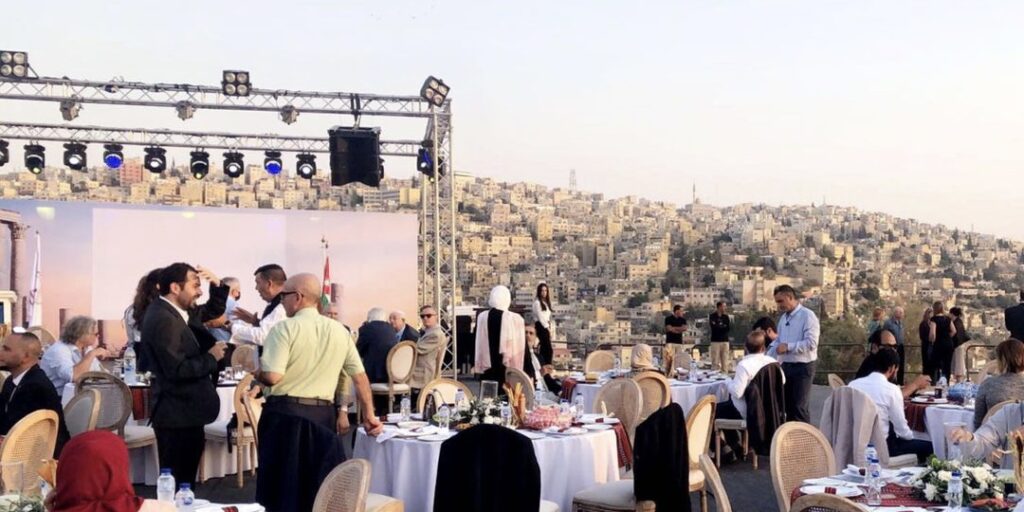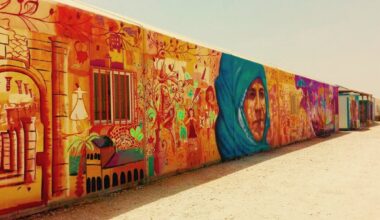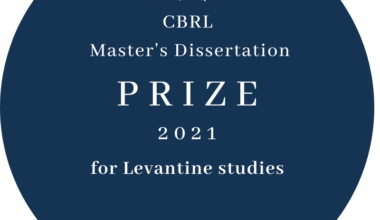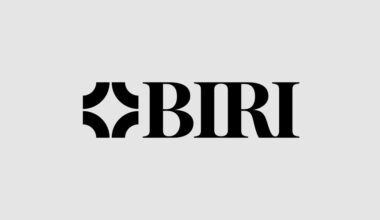Under the patronage of HRH Prince El Hassan bin Talal, organised by the Department of Antiquities and Yarmouk University (Irbid), the 15th International Conference on the Archaeology and History of Jordan (ICHAJ15) was held between 2-5 August 2022, gathering researchers from Jordan and internationally to share their thoughts and knowledge on recent discoveries and projects on Jordan’s cultural heritage. The ICHAJ series, held every three years since 1980, has long been a ‘must’ for anyone involved in the archaeology and heritage of Jordan.

HRH Prince El Hassan bin Talal inaugurated the conference highlighting archaeology’s role in transcending time and borders and the need to move from stand-alone archaeological studies to an integrated understanding of cultural heritage in its environmental and socio-political context.
HRH noted that heritage is an evolving resource that supports identity and memory and has a crucial role to play in achieving sustainable development through intercultural communication and the celebration of human diversity. He also highlighted the need for an holistic framework for political, social and economic changes to invest in and respect the plurality of identities and develop cultural rapprochement.
The conference programme was rich, encompassing three days of lectures and workshops, divided into several main themes: archaeological excavations and surveys; applied science in archaeology; trails of pilgrimage; intangible cultural heritage; the modern and contemporary history of Jordan; Orient and Occident; Jordan’s history and cultural heritage at the threshold of the Second Centenary; and contributions covering aspects of the traditional archaeological time framework from Prehistory to Islamic Periods.
CBRL Amman Institute staff participated in the event. Dr Carol Palmer, CBRL Director, was a member of the scientific committee and a moderator for a session at the conference. Shatha Mubaideen, our Senior Research Officer, and Rudaina al Momani, our Librarian, presented papers.
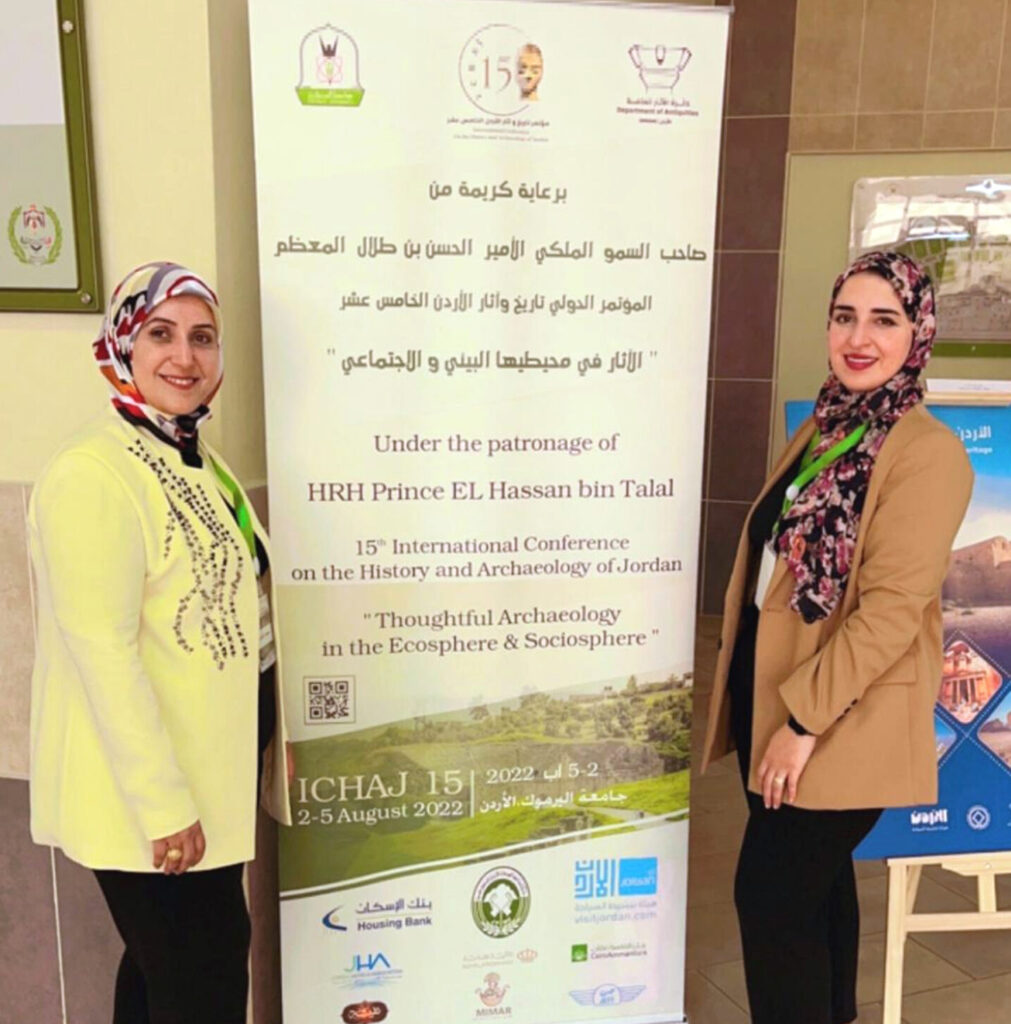
Shatha presented three papers:
- a proposal for the adaptive reuse of grain milling buildings developed with the Department of Antiquities;
- a research paper on heritage in higher education conducted with the Applied Science University;
- and a paper on the MaDiH project: Mapping Digital Heritage in Jordan.
Rudaina presented the Amman Heritage Houses project, which was followed by a fruitful discussion with attendees on how to sustain and expand this initiative to include heritage houses and villages around Jordan.
We were delighted to have colleagues from the British Institute at Ankara (BIAA), a fellow British International Research Institute (BIRI), Dr Işılay Gürsu, Assistant Director for Cultural Heritage Management, and Dr Gül Pulhan, SARAT Project Coordinator visit CBRL and join conference activities. The visit was part of CBRL-BIAA efforts to facilitate future closer collaboration, also very much in the spirit of the conference.
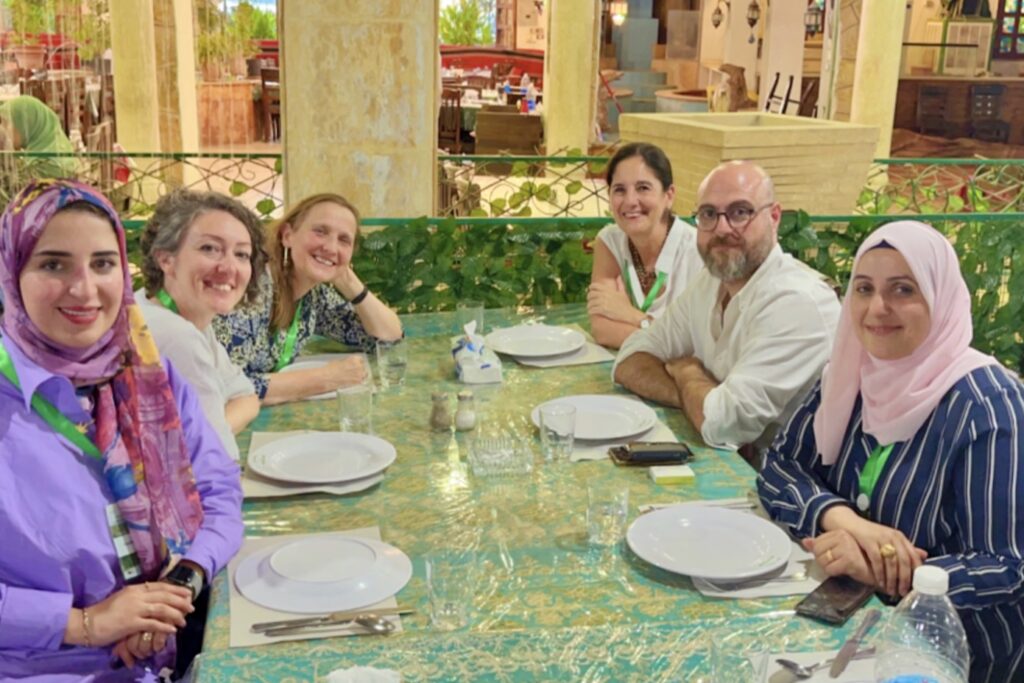
Other conference papers included presentations on the documentation, protection and management of cultural heritage sites, including building conservation in the Ottoman village at Umm Qays and the renovation of Ma’an Palace, originally a Hijaz railway building. Community engagement in heritage protection also featured strongly, including papers on sustaining good practice in Jordanian museum education and the on-going efforts with the local community at the archaeological site of Umm el-Jimal to develop the socio-economic opportunities. Digital technologies were prominent in many presentations, including, the MaDiH project already mentioned; two papers presenting virtual 3-D archaeological tours of Shawbak and the Roman aqueduct at Gadara, the “ancient world’s longest water aqueduct”; and a paper on the application of Geographic Information System (GIS) mapping in archaeological surface and excavation research in southern Jordan as part of the Heritage, Landscape and Community (HLC) project.

At the closing ceremony, HRH Prince El Hassan remarked on the rational passionate approaches and contributions of the conference participants, highlighting pottery studies, natural resources, archaeology and water management, sustainable tourism and capacity building. He advocated for an holistic knowledge and understanding of the Levant, Bilad al-Sham or Al-Mashreq, not fragmented as it has increasingly become during the past century, and Jordan’s place in the revival of the Levant.
Following the hardships and isolation of the COVID-19 pandemic, the conference was able to restore the spirit of physical intercultural communication with its richness and diversity in discussions throughout the conference days and in looking forward to future collaborations for the protection of Jordan’s heritage.
Evening activities were organised at the archaeologically important sites of Jerash, Umm Qays and the Amman Citadel, providing the opportunity for conference networking as well as for participants to enjoy Jordanian cultural heritage, including food, music and dancing.
The efforts of the organisers contributed appreciably to the success of the event. We wish to congratulate them on their tremendous achievement.
Shatha Mubaideen, Rudaina Al-Momani and Carol Palmer
